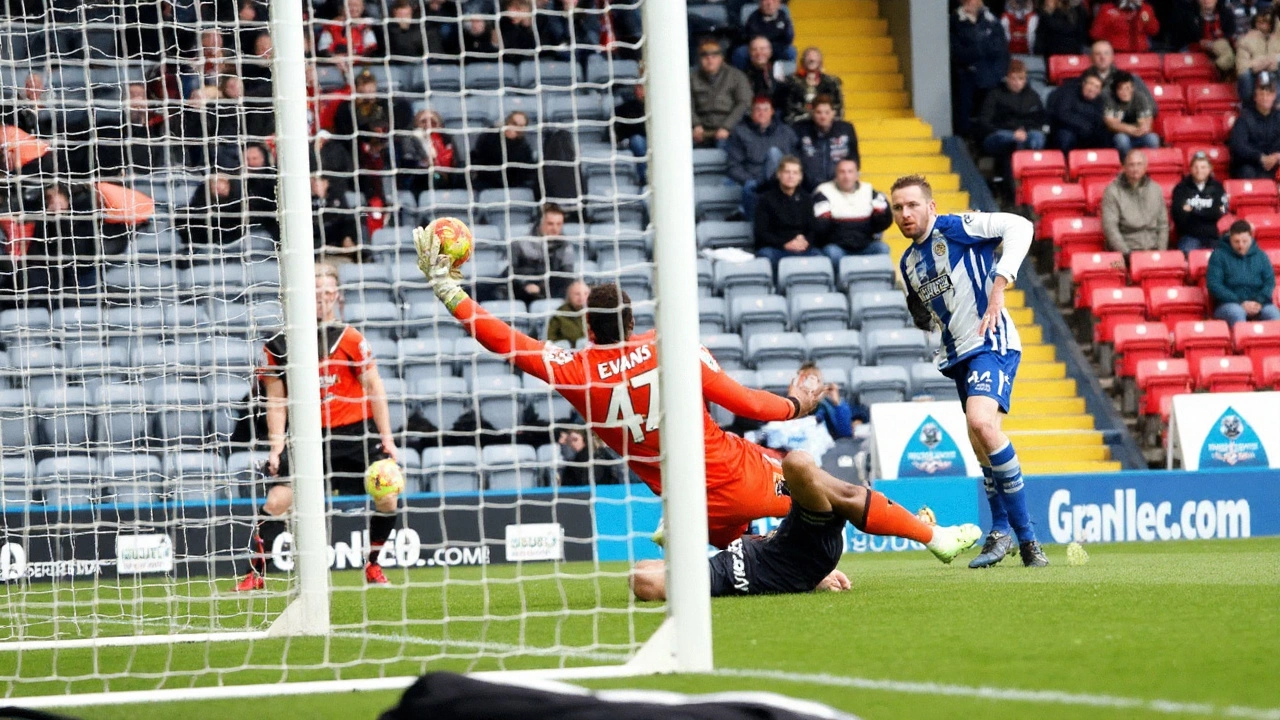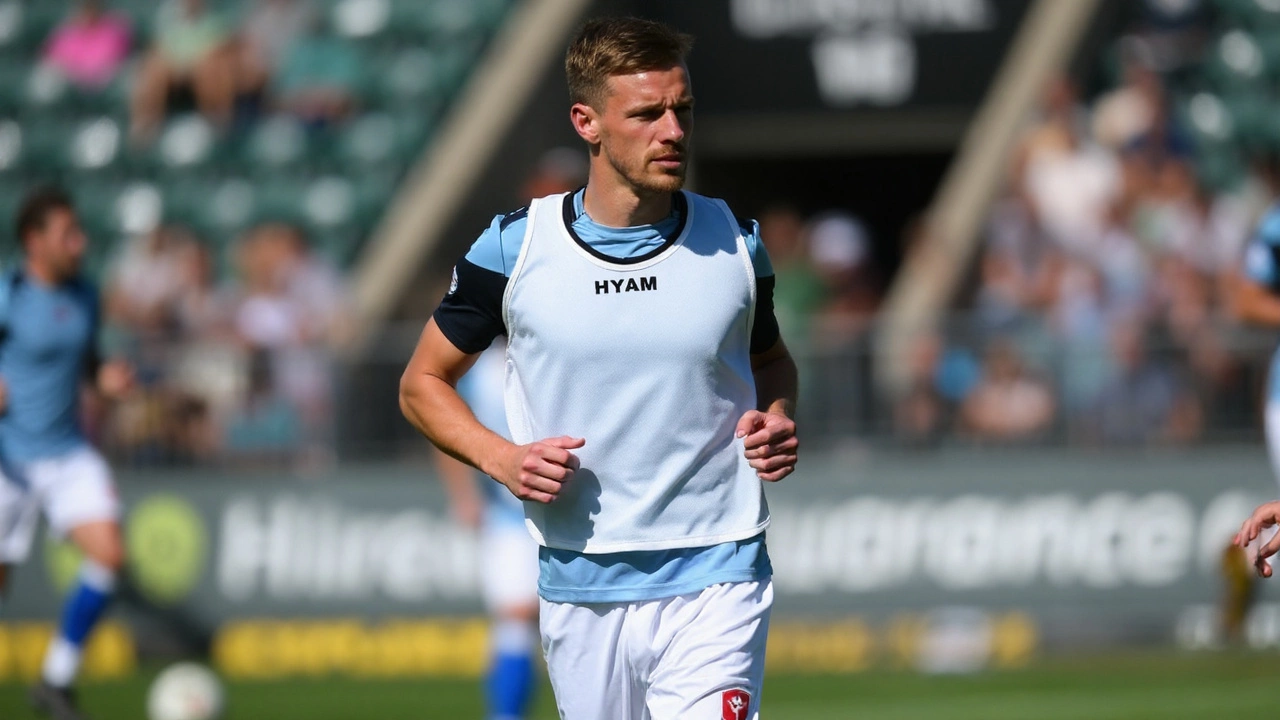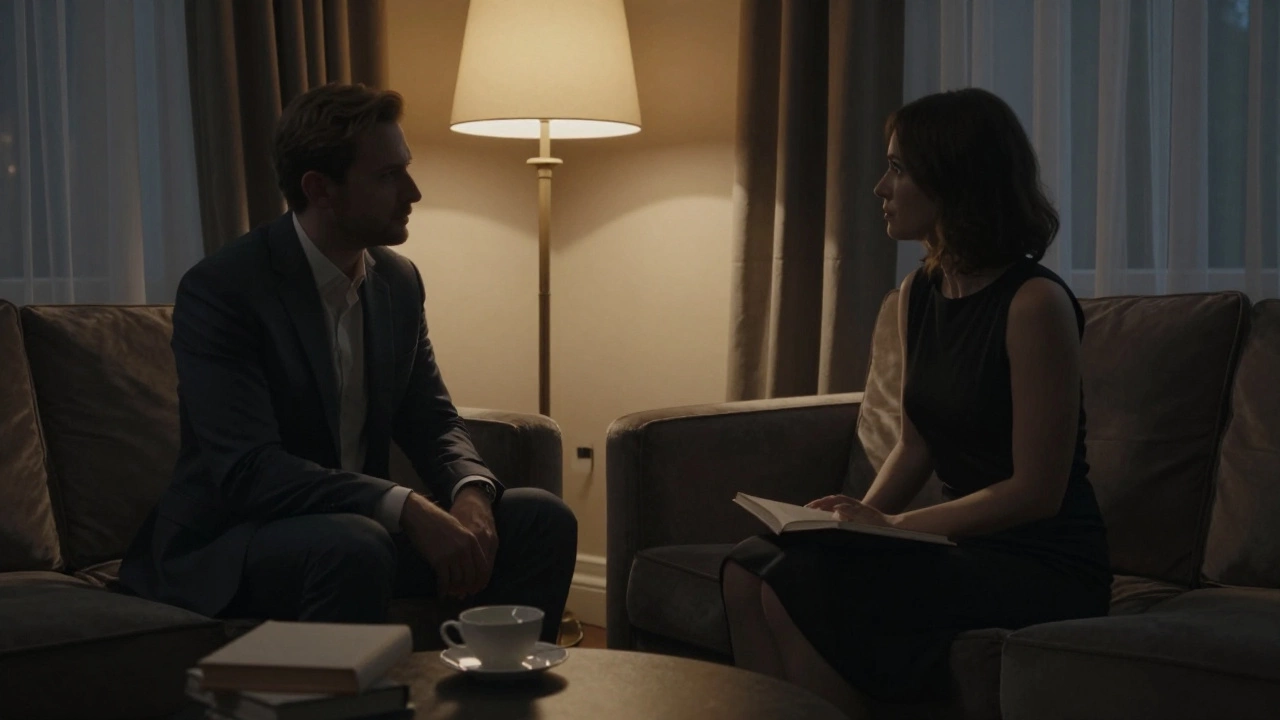One point from three league matches and a dressing room that feels adrift — that’s the picture sources close to Blackburn Rovers are painting right now. The mood is described as tense and tired. Results are poor, the game plan keeps moving, and the off‑pitch chatter is getting louder than the team’s performances.
Dressing room unrest as results slide
Players and staff who spoke on background describe a group running low on belief. Senior figures inside the squad have raised concerns about constant adjustments to shape and roles. The message they keep coming back to is simple: they want a plan they can stick to for more than a week at a time.
That frustration boiled over around the loss to Stoke. The team switched systems again, flirting with a back five, then dropping into something different mid‑game. One source called it a “half‑and‑half” setup that pleased no one. What stuck with several players was the post‑match takeaway. They heard the manager argue the team looked better in a five while they were still conceding. It sounded, to them, like a theory that didn’t match the scoreline.
When belief is fragile, little things feel bigger. Missed second balls turn into arguments. Runs that go unspotted turn into shrugs. A person who has been inside that dressing room put it bluntly: the trust that binds a side on a good run isn’t there right now, and it shows in the way players react to setbacks.
The group has also been short‑handed. A virus hit the camp before a heavy defeat, which left the bench lighter than planned and the starters undercooked. Manager Sergej Jakirovic did not hide from it. “We had a very big problem before this game because we had virus in our dressing room. We put on the pitch what we have and unfortunately we didn’t play good today,” he said afterward. No one inside the club uses the illness as a full excuse, but they agree it made a bad week worse.
The comparison with last season’s surge toward the playoff picture keeps coming up among fans and analysts. Back then, the team felt sharp and together. Now, the product looks muddled: slower on the ball, uncertain out of possession, and still prone to giving up soft goals. It’s why you see supporters leave early or sit in silence late on. Two fans who have barely missed a game in years walked out looking defeated last week. “It’s a big backward step,” one told a friend on the way out.
Underneath the results sits a deeper worry. A couple of experienced players, usually the optimists in the room, have been quieter in team meetings, according to people who know them. That change might sound small, but in a long season it often signals where the heads are at.

Boardroom uncertainty, transfer misfires, and the tactical debate
What’s happening on the pitch can’t be separated from the noise off it. People close to the squad say the uncertainty in the club’s hierarchy and the mixed signals on recruitment have taken a toll. The sale of a high‑value academy product like Wharton brought in money, but the January window didn’t deliver the reinforcements many inside the camp expected. The feeling among some players was stark: they were told help was coming, then it didn’t.
That gap between promise and delivery is where dressing rooms lose faith. It’s one thing to sell and retool quickly. It’s another to sell and stand still. The messaging from above hasn’t cut through either. Communication with the playing group, according to several people, has been inconsistent, leaving room for rumor to fill in the blanks. The result: more energy spent guessing than playing.
Inside the club, fingers are being pointed in several directions. Some argue the recruitment plan hasn’t matched the manager’s tactical asks. Others say the system is fine and the coaching has to settle. A few insist the problems sit higher up the ladder, beyond the sporting director. Everyone agrees on one point: mixed signals make everything harder — from training ground drills to how risks are taken in games.
Why do the tactics feel so unsettled? Part of it is the Championship itself. The schedule is relentless, and injuries and illness force changes. But sources say this goes beyond rotation. The team has toggled between back‑four and back‑five looks without a clear identity in or out of possession. The wide players seem unsure when to press and when to drop. The midfield looks stretched one week and crowded the next. It adds up to a side that reacts more than it dictates.
At this stage, players don’t need fancy ideas. They need clarity. When shape changes week to week, roles change with it: who steps into the half‑spaces, who sits, who triggers the press, who protects the channels. Without a baseline, mistakes multiply, and tired legs look even heavier.
Recruitment has fed the tactical issue. If you don’t land specific profiles in January, you either fit pieces where they don’t quite belong or you keep experimenting. Those experiments can be useful in August. In March, they look and feel like mixed signals.
Here are the pressure points as insiders see them right now:
- Results: one point from three has tightened nerves and shortened patience.
- Tactics: frequent system switches have diluted roles and confused responsibilities.
- Availability: a virus and niggles have thinned the squad at the wrong time.
- Recruitment: sales without matching reinforcements left gaps in key areas.
- Leadership: communication from the top has been sporadic, fueling speculation.
- Supporter mood: frustration is spilling into the stands and onto social media.
Jakirovic’s position is inevitably under the microscope. That’s the reality of this league and this moment. People around the club say a few things could quickly change the tone: a consistent shape, bolder decisions on form over reputation, and a clear message from the board on the plan for the run‑in. None of that guarantees wins, but it at least removes the fog.
If the board wants to back the current staff through the end of the season, the path is straightforward and public. Set the expectations in plain language, explain the recruitment approach for the summer, and let the manager pick a plan and live with it. Players tend to respond when the lines of accountability are bright and simple.
If the board chooses a reset, the timing becomes the central question. Changes made deep into the spring don’t just carry a shock factor; they also demand quick buy‑in from a group that already looks mentally stretched. Some insiders warn that a move now only works if the next voice brings a bold, stripped‑back blueprint and the freedom to cut through habits fast.
Supporters have seen this cycle before in the Championship — drift, angst, a managerial flashpoint, then either a rally or a slump. Blackburn’s fanbase isn’t asking for miracles. They want effort, a plan that fits the squad, and accountability for the choices that got the club here. Season‑ticket decisions and summer planning sit in the background of all of this, which amplifies every performance.
There’s also the financial picture, the part that rarely makes the highlight reel. The Championship operates under strict cost controls. Selling a top asset can keep the books clean but leaves a hole on the pitch that only smart, timely signings can patch. When those signings don’t arrive, pressure shifts onto the players who stayed, and onto staff who must squeeze more from less. That’s not unique to Blackburn, but it’s very real inside this dressing room.
As for the next few weeks, the calendar won’t do them any favors. The run‑in is crowded with opponents chasing their own targets. In this league, two wins can lift the fog. Two losses can drag you into a fight you didn’t plan to have. Coaches talk about control: control the shape, control transitions, control the noise. Blackburn has barely controlled the first two, and they have had almost none of the third.
Underneath the tension, there is still a team that, on its better days, can move the ball quickly and hurt opponents from wide zones. That version showed up last season in long spells. It showed up in flashes earlier this year. It’s not gone — it’s buried under doubt and a constant itch to try something new before the last idea has settled.
The club hasn’t laid out a public roadmap for the final stretch, and that silence is being filled by speculation. Inside the squad, the message coming from the louder voices is not complicated: pick a shape, communicate it, back it, and run with it. Stability doesn’t fix everything, but it gives a weary team a chance to play on instinct again instead of thinking their way through every minute.
For now, the dressing room is asking for clarity, the staff are asking for time, and the fans are asking for belief they can actually see. With spring approaching and margins tight, Blackburn’s season is at a fork in the road — not dramatic, just decisive. The next choices, on and off the pitch, will set the tone for more than a single run of fixtures.






